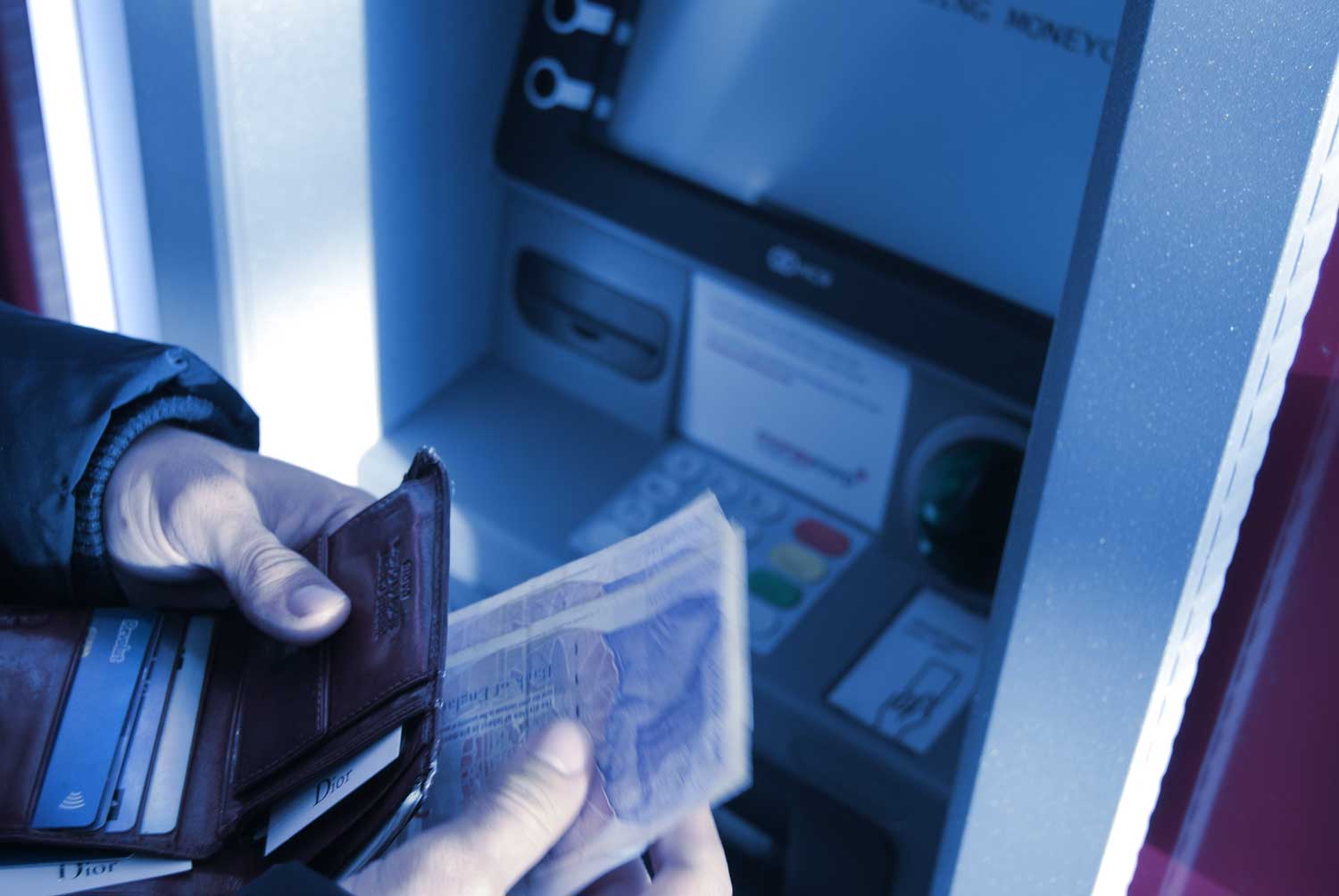When my friend said she’d saved up 30k in savings last year alone, I was highly intrigued. I had to look at my paycheck a few times to figure out how someone who was earning a similar amount to me managed to set aside $2,500 per month for an entire year. I ended up just posing the million-dollar question. And newsflash—it is indeed possible to save $30,000 in just a year; where there’s a will, there’s a way.
But understanding how to save $30,000 in a year is only the beginning. Some key pointers on how to save that much money include acquiring a budgeting app to track your spending and incorporating savings strategies, such as the 50/30/20 rule to trim unnecessary expenditures. Other strategies I was encouraged to implement included setting up a fully-funded emergency fund, creating multiple streams of income, and regular long-term investing with the goal being financial independence.
Why You Should Save 30k In A Year
There’s nothing bad and everything good about saving money. But if you have no significant drive to save a huge amount like $30,000, you’re unlikely to succeed. Setting well-thought-out financial goals and ambitions is the first step, depending on which stage you’re at in life. Different people yearn for different milestones, from establishing emergency funds and getting a new car, to refurbishing their home and writing off student loans. The point is to figure out where you’re lacking financially and think of the opportunities that 30,000-dollar bills could create in your life. Having $30,000 stashed away can solve a lot of challenges in a person’s life.
Ways To Save 30k Per Year
How do you get from not having a penny to being $30,000 in the green in one year? First, you need to craft a budget. It’s the only way to fully appreciate your current spending habits and give incredible focus on where you need to prioritize your finances. If carrying around a notepad and paper isn’t your thing, you can use an app or spreadsheet to identify any areas that might require adjustments.
The next step is to reallocate your money. The 50/30/20 rule helps you spread out your income across your needs, wants, and savings. This rule suggests that you should spend 50% of your monthly income on essentials like food, rent, medical bills, education fees, etc. 30% is for discretionary spending and the remaining 20% goes towards your savings. If you start by deducting this 20% right off the bat of every month, you’re guaranteed a huge boost to your savings. Learn more about how to open a high yield savings account.
If the numbers don’t seem to add up, you can adjust your lifestyle to save even more money. Renting a lower-priced house, taking public transportation, and planning your meals are all ways to reduce your spending. If your paycheck isn’t large enough for you to save, don’t worry as this serves as a sign letting you know that the main thing you need to do is create more streams of income. If you haven’t found an additional source of income, then it’s time to brainstorm. But start by creating a separate emergency fund, so you won’t be tempted to dip into your annual savings on a rainy day.
Focus on continuously learning from finance experts, listen to their experiences about the best ways to save money and earn interest, and learn from both their achievements and mistakes. They can save you years of financial trouble just by listening and implementing their advice.
Conclusion
As with everything in life, saving money is a practice, improved by the expertise you gain over time. Putting away $30,000 in one year requires circumstances that most Americans do not possess. We’ve discussed in broad strokes how you can do it. Remember that saving starts with having a realistic goal in mind, then taking regular action to move towards that goal each month. Over time, you’ll get the ball rolling, and saving money will become second nature to you. Learn more about where to put your savings money.
Content Disclaimer:
As of the date of publication, the information contained on this page is deemed to be factually accurate for all terms of conditions, features, and fees. Changes made to Cashero’s terms of conditions, features, or fees after the publication of this content may not be accounted for.
App Disclaimer:
The Cashero App is now available for download in both the Apple App Store and Google Play Store, though not all features are currently functional. Cashero has not yet officially launched.
